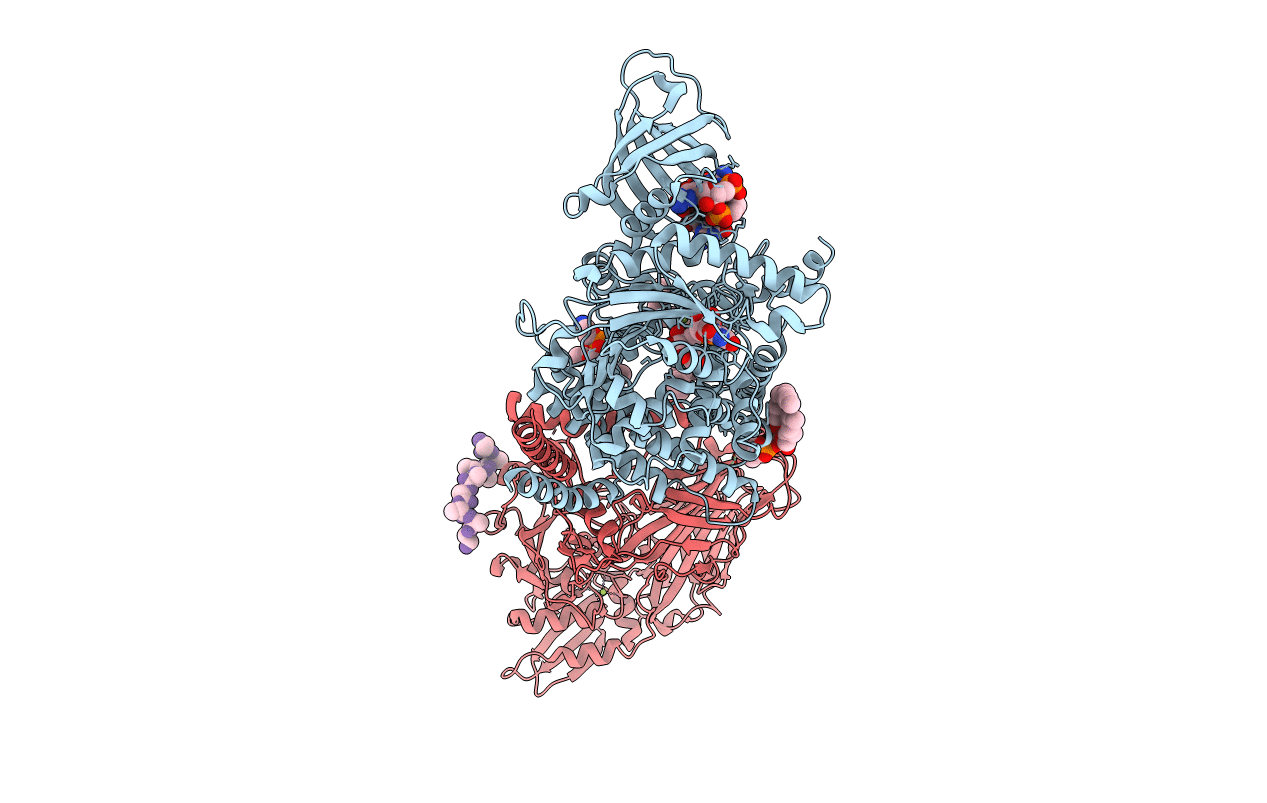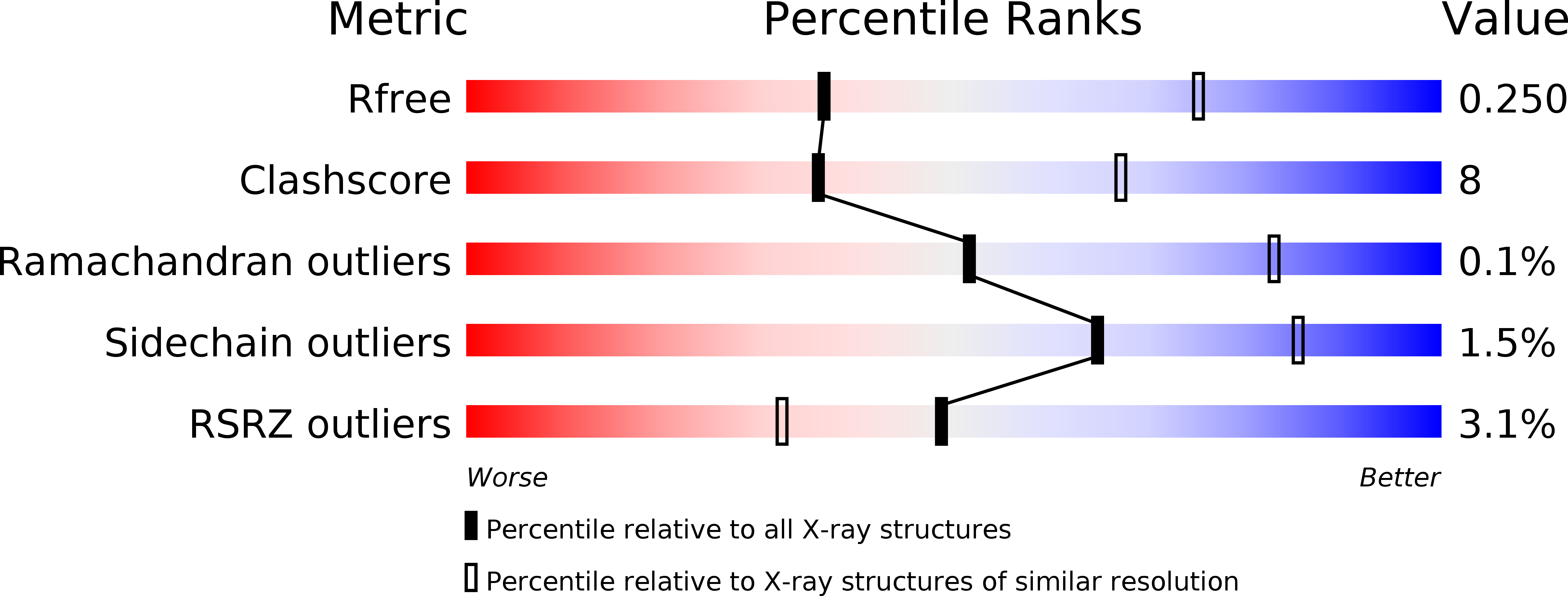
Deposition Date
2015-10-30
Release Date
2016-03-09
Last Version Date
2024-10-16
Entry Detail
PDB ID:
5EIY
Keywords:
Title:
Bacterial cellulose synthase bound to a substrate analogue
Biological Source:
Source Organism:
Host Organism:
Method Details:
Experimental Method:
Resolution:
2.95 Å
R-Value Free:
0.24
R-Value Work:
0.22
R-Value Observed:
0.22
Space Group:
P 21 21 21


